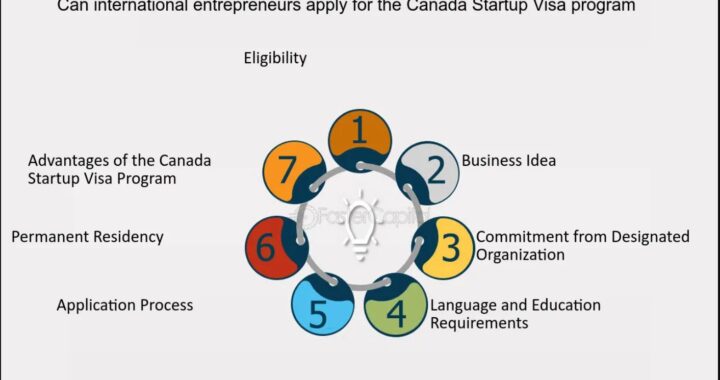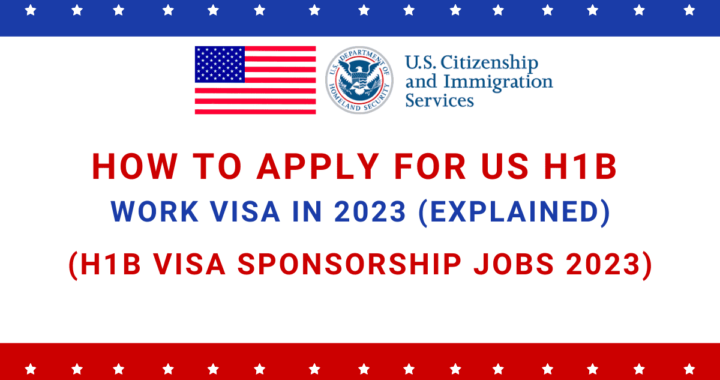Employment Reference Letter For Canada – How To Write it and Benefits

How To Write an Employment Reference Letter For Canada?
If you are applying for permanent residence in Canada via the Provincial Nominee Program, Atlantic Immigration Pilot Program, and the Express Entry Immigration System (FST, CEC, and FSW programs), you will almost certainly be required to demonstrate your previous and/or current work experience.
Candidates must submit a letter from their employer including particular information to Immigration, Refugees, and Citizenship Canada (IRCC). This is referred to as an Employment Reference Letter.
When you submit a letter of reference to the visa officer, he or she will examine your application and determine your job experience based on the information you provided. Almost all immigration programs need you to submit a reference letter, since having the appropriate job experience is critical.
As a result, submitting a high-quality reference letter may significantly benefit your application. Because the visa officer has reason to doubt the authenticity of your reference letter or if you have omitted to submit information regarding your job experience, your application may be denied or refused.
How To Write an Employment Reference Letter For Canada?

The structure of your letters of reference may make a significant impact on the success of your file. The letter should be professional, and the more information about the business that is sending it, the better.
Ideally, a letter of reference would include the following:
- Should be typed on corporate letterhead
- Be signed by the officer/supervisor in charge
- Print the name and work title of the relevant officer/supervisor underneath the signature.
- Include contact details for the business.
- Be embossed with the official seal of the business (if applicable)
- If feasible, include the signer’s business card.
If your letters of reference lack these elements, the immigration officer may conclude that the employer who issued the letter is not legitimate.
Additionally, there are some components that an excellent letter of reference should include:
- Your formal title of employment
- The employment dates
- Your weekly wage
- Weekly working hours on average
- A comprehensive description of your job responsibilities.
The most critical section of your Employment Reference Letter For Canada is a comprehensive description of your job responsibilities. It must cover your everyday duties and responsibilities and should comprise the majority of the letter’s content. Bear in mind that the visa officer may not be acquainted with your business, so avoid using industry-specific acronyms or phrases. Your responsibilities should be stated succinctly.
The list of job responsibilities serves as confirmation to the visa officer that you have selected an acceptable NOC code. Each NOC code is accompanied by a lead statement and a list of responsibilities. It is irrelevant if your formal job title corresponds to a job title linked with your NOC code, as long as your employment responsibilities correspond to the lead statement and tasks.
Having said that, it is suspicious if your letter of reference precisely fits the NOC description. The immigration officer may think that your letter of reference was produced only to match the NOC and not as a record of your job history. In such a scenario, the letter is deemed to be “self-serving,” acquired illegally for immigration reasons, and thus ineligible for processing.

 What actions by Trump Government are in store for illegal immigrants in US? What are Challenges to deport illegal immigrants from US?
What actions by Trump Government are in store for illegal immigrants in US? What are Challenges to deport illegal immigrants from US?  What are changes in Canada Start up Visa Program and Self-Employed Persons Program. How would it affect the potential immigrants to Canada?
What are changes in Canada Start up Visa Program and Self-Employed Persons Program. How would it affect the potential immigrants to Canada?  Launch Your Dreams: A Guide to Canada’s Start-Up Visa Program for Global Entrepreneurs
Launch Your Dreams: A Guide to Canada’s Start-Up Visa Program for Global Entrepreneurs  Options for Immigrating to Canada as a Healthcare Worker- Best Canadian Provinces that offer good salaries
Options for Immigrating to Canada as a Healthcare Worker- Best Canadian Provinces that offer good salaries  Immigrating to Quebec province Canada- Professions in demand with salaries- Racial Discrimination
Immigrating to Quebec province Canada- Professions in demand with salaries- Racial Discrimination  H1B Visa- Eligibility Requirements- its Duration- Process to apply and Professions in demand
H1B Visa- Eligibility Requirements- its Duration- Process to apply and Professions in demand  Recent Changes to Canada’s Work Permit Rules and its impact on Immigrants from India
Recent Changes to Canada’s Work Permit Rules and its impact on Immigrants from India  Applications for UK Immigration witness major decline as the Immigration Laws undergo significant changes
Applications for UK Immigration witness major decline as the Immigration Laws undergo significant changes